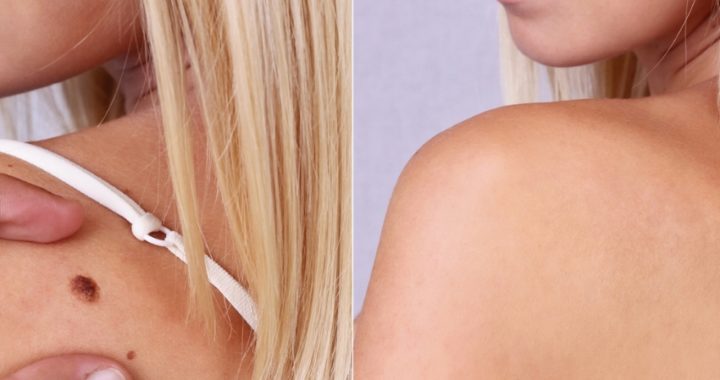As skin cells multiply, they normally spread evenly throughout the skin. But sometimes there are natural occurrences where the skin cells group together as they grow. These groups often become pigmented, forming what we identify as a mole. Although most moles are noncancerous and harmless, they often serve as a source of embarrassment for people who have them. Moles typically look like brown, inflamed lesions on the skin.They often appear on the face, neck, and arms — all areas of the body that are quite visible to other people.
Fortunately, there are several mole removal procedures available. If the mole is noncancerous, then the removal is usually considered a cosmetic procedure and not covered by insurance. Any moles suspected of being cancerous should be screened by your doctor for biopsy and removal as soon as possible. That is why the first step in any mole removal is to determine whether your mole could be cancerous. Schedule a screening appointment with your doctor as soon as you notice changes in the shape, size, symmetry, or color of your mole. In many cases, removal options are similar for both cancerous and noncancerous moles.

Is your mole cancerous?
Mole removal is typically performed by a dermatologist or cosmetic surgeon by one of several techniques. Your doctor may choose to use a scalpel to shave the mole off your skin, or may perform a surgical excision to remove the mole entirely. Moles can also be removed by cauterization or cryosurgery. Either way, you can expect to receive a local anesthetic to numb the pain during this procedure. From check in to check out, the process should take about an hour and most patients return to work or school the same day. If your mole is suspected of being cancerous, your doctor may also choose to order a biopsy of the tissue to determine what type of skin cancer you have, if any.
Immediately after the removal, you will likely need to keep the area moist and covered to mitigate the formation of scar tissue. It is often good practice to apply topical bacitracin for the first few days following your removal. You should also adhere to your doctor’s follow-up plan, including removing stitches, if necessary, and following up with your doctor if a biopsy was ordered. In any event, make sure to follow up with your doctor regularly and always reach out to his or her office if you have any questions or concerns.
If you are looking for mole removal in San Diego we are here to help! Feel free to give us a call to schedule a consultation or you can fill out the form on our contact page and we will get back to you within an hour or two. Thanks!
